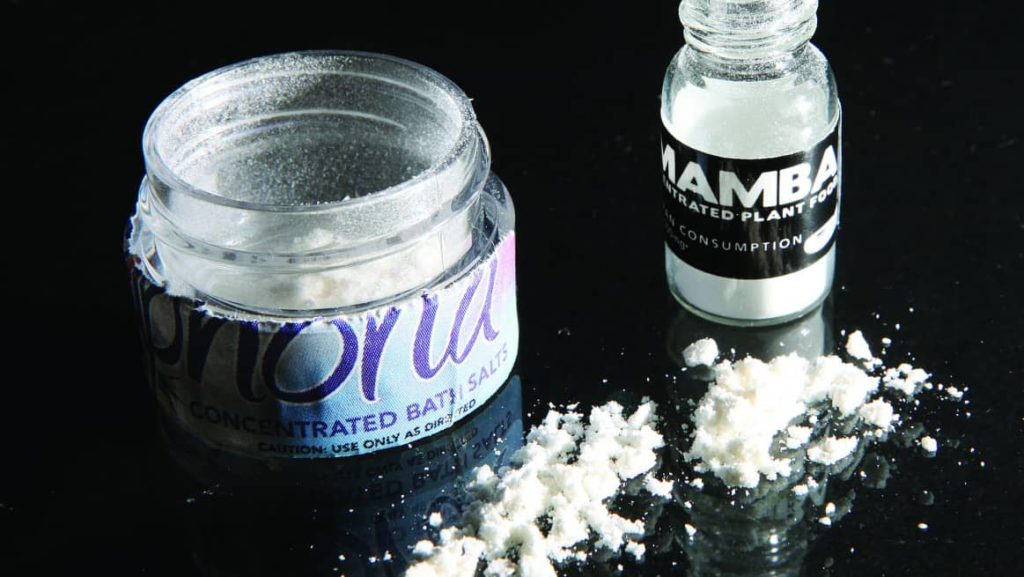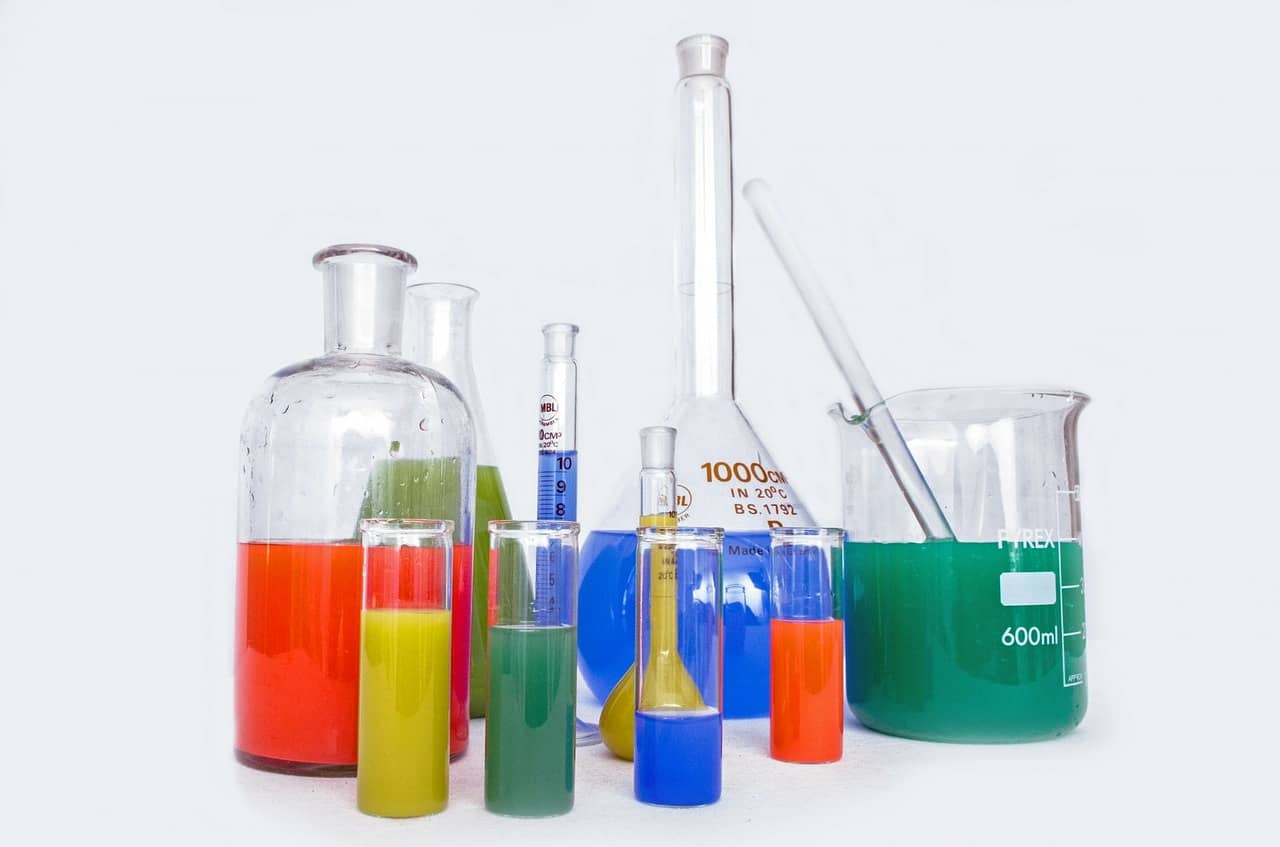What are cathinones?
Cathinones are known as monoamine alkaloids which are found in the shrub catha edulis with chemical structure similar to methcathinone, cathine, ephedrine, and other related amphetamines (1). It has been in use since the early 1950s and was the subject of numerous studies in the past. However, it was not until the last decade that researchers began investigating its possible usefulness in treating a range of psychological and physiological disorders. Since the 1970s, Cathinone has been used for the treatment of depression, anxiety, epilepsy, mania, psychosis, irritability, and attention deficit hyperactivity disorder (ADHD). There is very limited information on the pharmacokinetics and metabolism of cathinones, and most of the existing data are limited to experimental studies using rats. It is presently postulated by the present science that, at least in relation to their neurotransmitter derivatives, cathinones exert their beneficial effect to increase cellular levels of dopamine, norepinephrine, and serotonin in the brain (2).

Some Related Cathinones and the Perceptions Society Have for Them.
Ephedrine
Recently, the synthetic drug, ephedrine, was banned in the European Union. The ban was necessitated by the discovery that this drug was dangerously addictive and could produce immediate and severe physiological side effects, including hallucinations, seizures, heart attacks, liver damage, and death (3)(4).
Mephedrone
Mephedrone was sold as ‘meow,’ ‘bomb,’ and other similar terms. It was manufactured legally as part of what was then an active prescription drug and was regularly bought online from websites that promoted the sale of these drugs (5).
Mephedrone is commonly grouped under the term of ‘street drugs,’ because their addiction potential is highly high. The most widely-known example of a cathinone-like substance is ‘bath salts.’ However, despite common belief, these products are not solely derived from cannabis, but also from a number of different species of illicit drugs. It should be noted that although the cathinone family includes several synthetic varieties, the two main ephedrine alkaloids – speed and amber – are produced from the plant ‘bath plant’ and not the grass itself.
Bath Salts
In recent years, another substance called ‘bath salts’ has made headlines, and its popularity has spread rapidly across the world. This popular ‘caustic substance’ consists mainly of two chemical substances, namely, bromine and iodine. Because of its dynamic nature, a large amount of oxygen is needed to synthesize this compound. In many cases, ‘bath salts’ are sold under the impression of ‘potions’ or ‘love potions.’ Because of their highly intoxicating nature, they are often used by thrill-seeking young people and have been regularly found in rave parties (6).
Although it has not been proven clinically, some users of ‘bath salts’ – whether they are cathinone analogues of ephedrine or not – seem to experience an immediate and intense ‘high’ upon inhalation. The substances, which vary widely in potency, often produce a similarly intense feeling upon contact with the skin. Because of this and other possible side effects, the FDA and European authorities have placed strong restrictions on their production. Many countries, such as the United Kingdom and Australia, have now banned the production, as well.
Today, many legal growers of ‘bath salts’ have been producing their products using cathinone instead of ephedrine, which makes the product much easier to produce. Legal production of this substance is still relatively scarce, however, most suppliers still commonly use the term ‘bath salts.’

Synthetic Cathinones
Other closely related synthetic cathinones are now becoming increasingly popular on the black market. They are often used in conjunction with ephedrine to create new and unique street drugs with names like ‘scratches’ and ‘glass,’ and with a significantly wider availability. It should be noted that although some authorities have attempted to criminalize the production of these new synthetic cathinones, the medical community has begun to support the recreational use of these drugs (7).
Although the Medical Society of Housewives of Europe has expressed concern over the rising popularity of these products, many European countries still permit their sale. In the United States, it is against the law to sell or provide any legal prescription for these products in all states. Although the medical community has largely condoned the use of them by private individuals for the purpose of self-treatment. At this time, no known negative side effects from their use have ever been identified. A notable exception to this was the case of a man in France who was arrested after testing positive for ephedrine and subsequently died in his sleep after believing he was having a heart attack.
The cathinone craze among American teenagers is likely to continue, as more teens try out novel means to acquire the rush they seek from the drug. Although the positive long-term effects of ephedrine are not completely clear, there is an abundant body of research highlighting the negative short-term effects from its use. Among those negatives are an increased risk of car accidents at work, increased chance of unprotected sex, and possible development of psychosis. Despite this, medical professionals still recommend its use to assist individuals with severe addictions. With no clear evidence proving the negative effects of ephedrine, the current legislation makes the drug available to anyone interested in trying it.
- Ibogaine: Exploring the Potential and Perils of a Psychedelic Therapy
- Behavioral Therapy: All You Need To Know About Behavioral Therapy
- Substance Use Disorders: Understanding the Science, Risks, and Recovery
- Cognitive Behavioral Therapy (CBT): Unveiling the Depths of a Transformative Approach
- Mescaline: Exploring the Science, History, and Therapeutic Potentials


Recent Comments